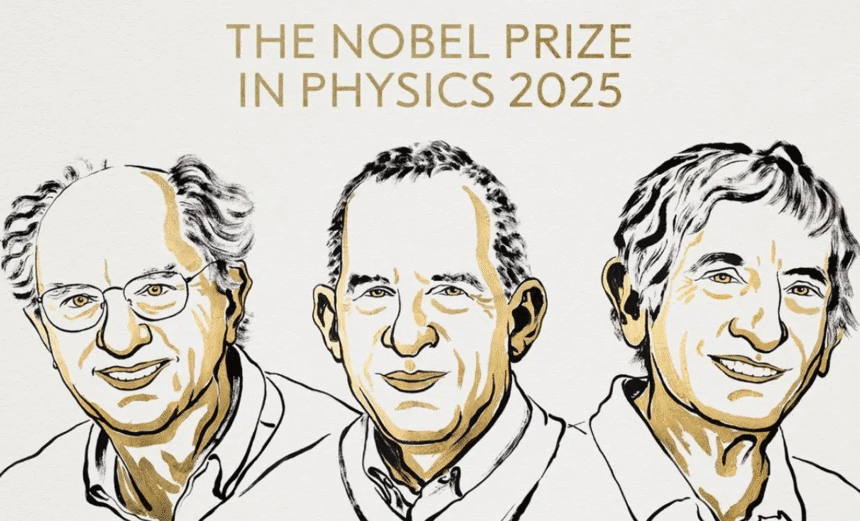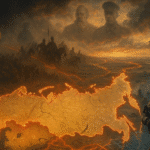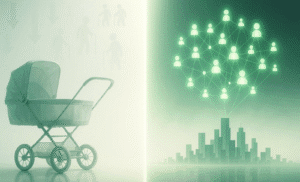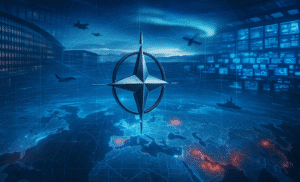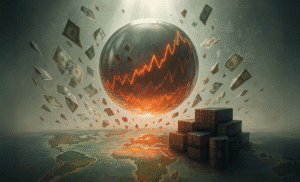The Nobel Prizes, among the world’s most prestigious honors, continue to symbolize the spirit of discovery and progress that has defined modern science for more than a century. Established through the 1895 will of Swedish inventor and industrialist Alfred Nobel, the prizes were first awarded in 1901 to recognize extraordinary contributions to humanity in physics, chemistry, physiology or medicine, literature, and peace. Later, in 1968, a sixth prize in economic sciences was added in memory of the Nobel. Each year, in early October, the global scientific and literary communities turn their eyes to Stockholm and Oslo, where the Nobel committees announce the laureates whose work has most profoundly advanced human knowledge. The formal award ceremonies take place on December 10, the anniversary of Nobel’s death, marking the culmination of months of global anticipation and scholarly debate.
The Nobel Prizes have long served as more than mere accolades; they are a record of humankind’s intellectual evolution. The first physics prize went to Wilhelm Röntgen for the discovery of X-rays, a breakthrough that transformed medicine and industry alike. Over time, laureates have included many of history’s greatest thinkers and innovators: Marie Curie, who remains the only person to win Nobel Prizes in two scientific disciplines; Albert Einstein, honored for his explanation of the photoelectric effect; and James Watson and Francis Crick, whose elucidation of the DNA double helix reshaped biology. Other winners, such as Alexander Fleming for penicillin and John Bardeen for the transistor, revolutionized health care and technology. Through wars, crises, and paradigm shifts, the Nobel Foundation has maintained its central mission: rewarding contributions that offer “the greatest benefit to humankind.”
The 2025 Nobel season continues this proud legacy with discoveries that push the boundaries of both understanding and application. On October 6, the Nobel Assembly at the Karolinska Institute in Stockholm awarded the Nobel Prize in Physiology or Medicine to Mary E. Brunkow, Fred Ramsdell, and Shimon Sakaguchi for their pioneering work on immune regulation. Their identification of regulatory T cells, immune cells that prevent the body from attacking itself, has transformed the understanding of autoimmune diseases and inspired new treatments for conditions such as lupus, rheumatoid arthritis, and multiple sclerosis. The recognition underscores the continuing relevance of immunology, a field that connects fundamental biology with pressing medical needs.
The next day, on October 7, the Nobel Prize in Physics was awarded jointly to John Clarke, Michel Devoret, and John Martinis for their groundbreaking experiments in quantum mechanics using superconducting circuits. Their work demonstrated how quantum behaviors once thought confined to the subatomic realm can exist in engineered systems large enough to be seen and controlled. These insights have laid the foundation for quantum computing and ultra-sensitive measurement technologies, bringing us closer to a new era of computing power and precision science. The 2025 laureates exemplify how the Nobels continue to reward both curiosity-driven and application-focused science, bridging theory and technology in transformative ways.
Throughout its 124-year history, the Nobel Prize has also mirrored societal progress. From early breakthroughs in atomic physics to the genomic revolution and, more recently, artificial intelligence, each era’s winners reveal what humanity values most at that moment in time. In 2024, for example, the Nobel Prize in Physics went to John Hopfield and Geoffrey Hinton for their pioneering contributions to neural networks, signaling the growing centrality of AI in modern science. Yet the institution has also evolved, grappling with questions about inclusivity, the recognition of collaborative “team science,” and how to adapt to disciplines that transcend traditional categories.
Despite these challenges, the Nobels endure as a symbol of excellence, curiosity, and the power of ideas to reshape the world. The path from Röntgen’s X-rays to today’s quantum computers and immune therapies reflects a single, continuous narrative of exploration, one that connects the smallest particles to the largest human questions. As the 2025 laureates prepare to receive their medals and diplomas this December in Stockholm and Oslo, the Nobel Prizes once again remind us that the pursuit of knowledge is both timeless and transformative. They are not merely awards for what has been achieved, but beacons pointing toward what is yet to be discovered.

